Working principle diagram of electric butterfly valve
Working principle diagram of electric butterfly valve
With the rapid development of my country’s industrial manufacturing industry, the demand for valves is also getting higher and higher, especially the use of electric butterfly valves and electric ball valves, which are the most prominent among many valves, and belong to the more common types of pipelines! The electric butterfly valve, as a component used to realize the on-off and flow control of the pipeline system, makes it more and more widely used in practical applications with its excellent quality and performance!
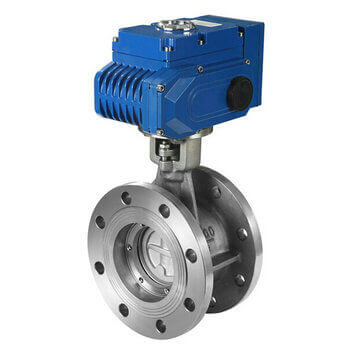
D943H-16C-metal seated stainless steel electric triple offset butterfly valve
According to different connection methods, electric butterfly valves can generally be divided into the most common electric wafer butterfly valves and electric flange butterfly valves. The sealing materials include soft seal (normal temperature and pressure) and hard seal (high temperature and high pressure). The working power supply usually includes: AC220V, AC380V, DC24V, the input signal has 4~20mA 0~10v and other weak current signals. Finally, according to the control form, it is divided into switch type and regulation type. The switch type functions as a switch; the regulation type is used to adjust the flow rate, which can be accurate Adjusting the flow rate to thousand divisions is also a relatively expensive valve.
Working principle of electric butterfly valve:
The electric butterfly valve uses electric energy as the driving force, and the valve stem is driven by the electric device to make the butterfly plate produce a 90° rotation to achieve the opening and closing of the valve. It can also receive 4-20mA or other signals from the industrial automation control system to accurately control the valve opening. , So as to achieve the adjustment and control of different process parameters such as flow, temperature and pressure.
Related knowledge: dynamic diagram of butterfly valve working principle
Recommended products: Electric regulating butterfly valve Electric triple eccentric butterfly valve
TH Valve is a professional manufacturer of butterfly valve, gate valve, check valve, globe valve, knife gate valve, ball valve with API, JIS, DIN standard, used in Oil, Gas, Marine industry, Water supply and drainage, fire fighting, shipbuilding, water treatment and other systems, with Nominal Diameter of DN50 to DN1200, NBR/EPDM/VITON, Certificates & Approvals: DNV-GL, Lloyds, DNV, BV, API, ABS, CCS. Standards: EN 593, API609, API6D
Related news /knowledge:
Pneumatic butterfly valve working principle diagram;
Working principle of electric gate valve;
Types and selection of electric valves;
Electric ball valve principle | Electric ball valve working principle;

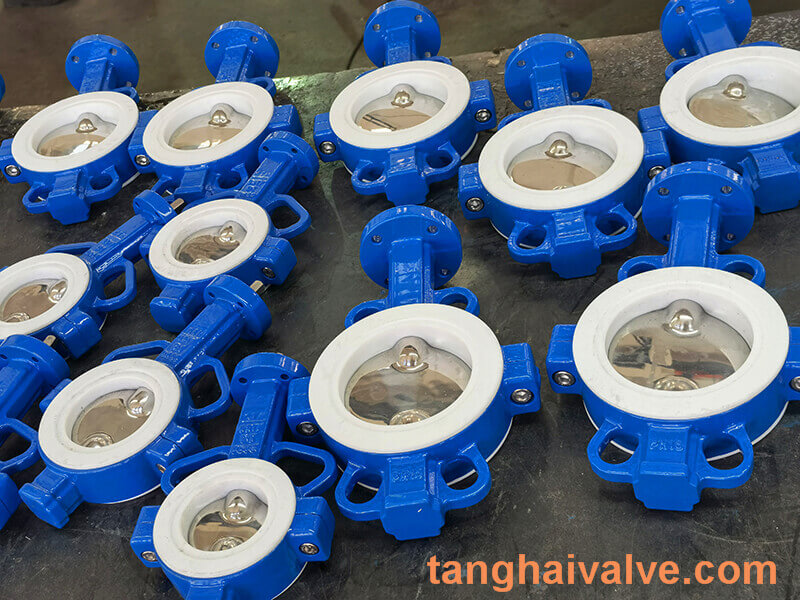
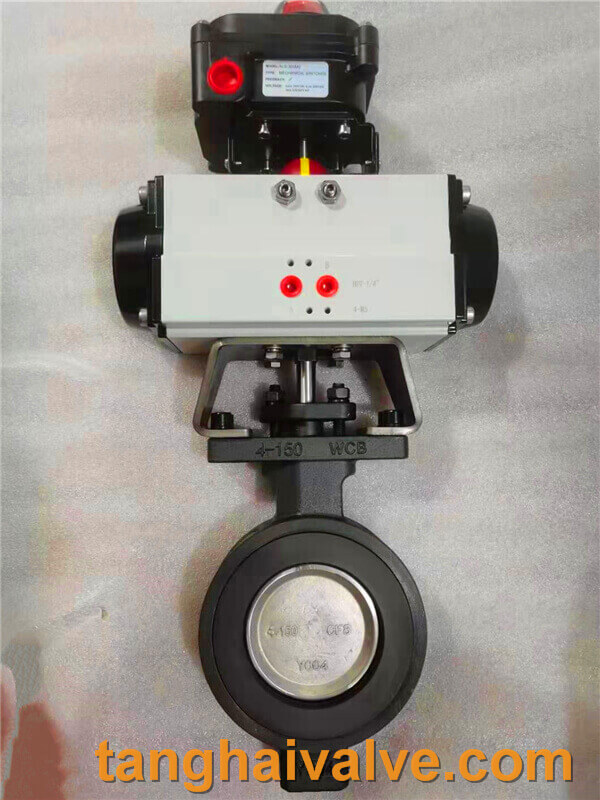
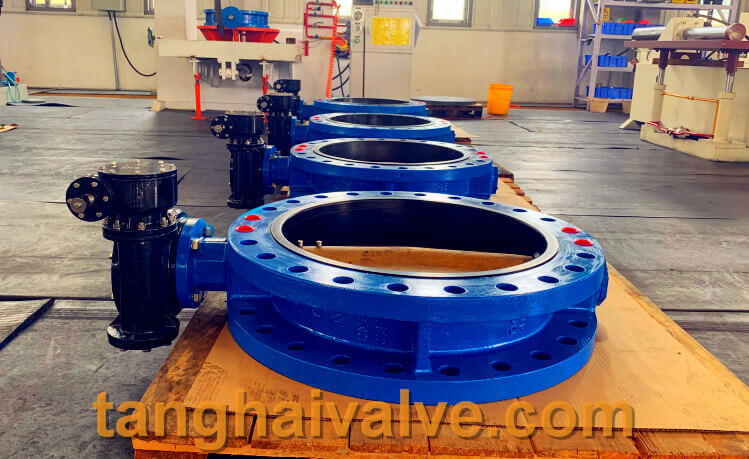
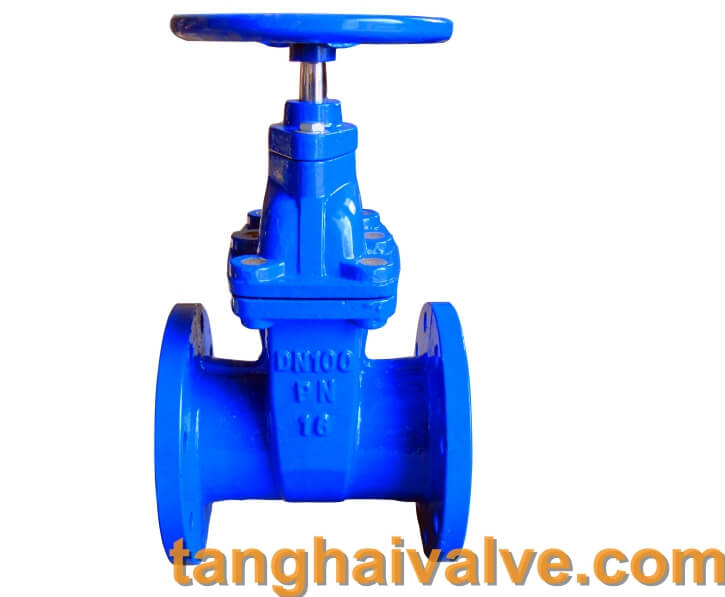
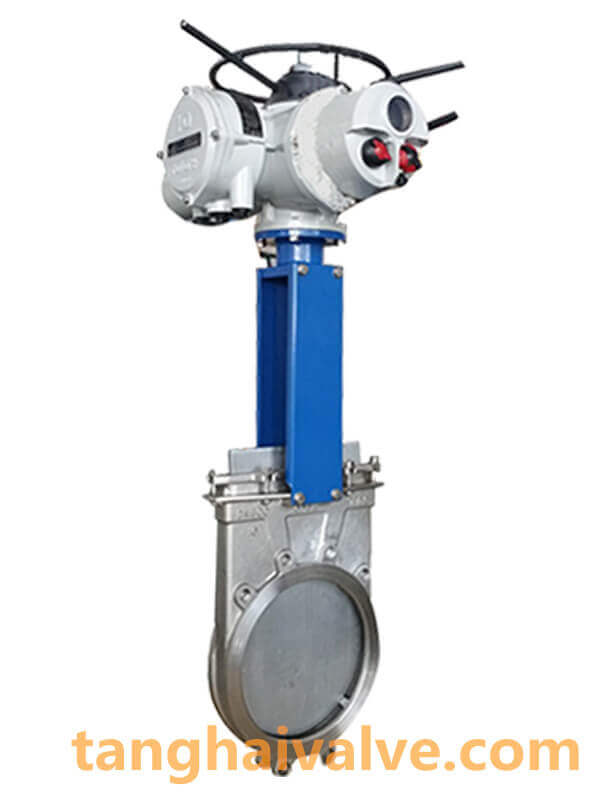

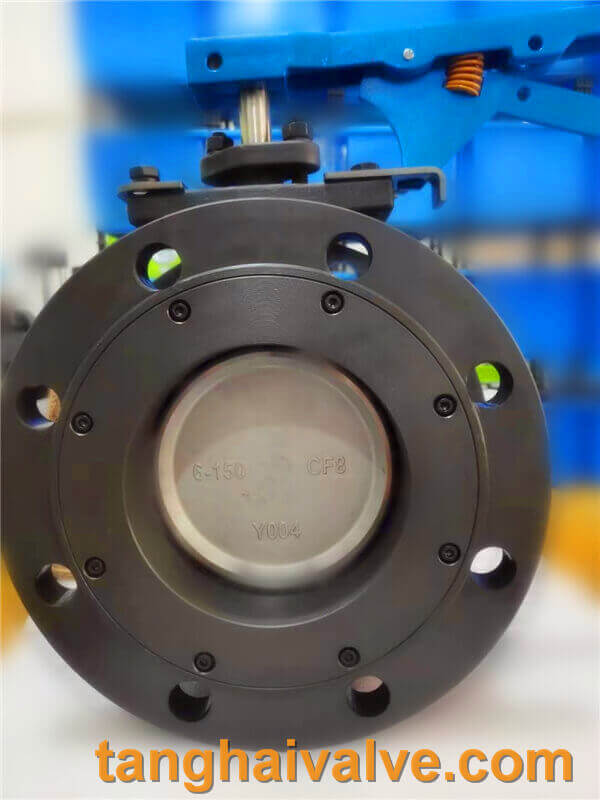
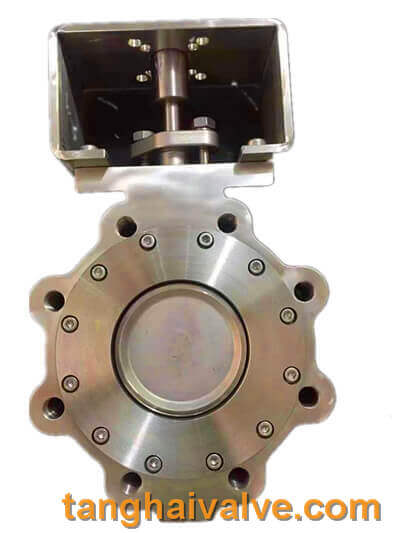
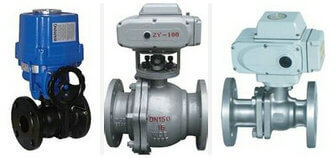
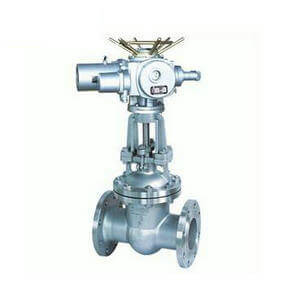
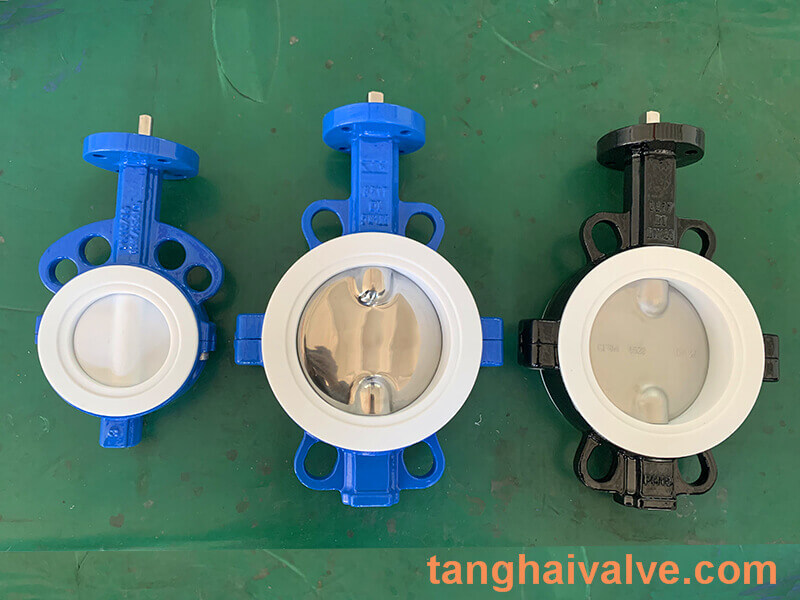
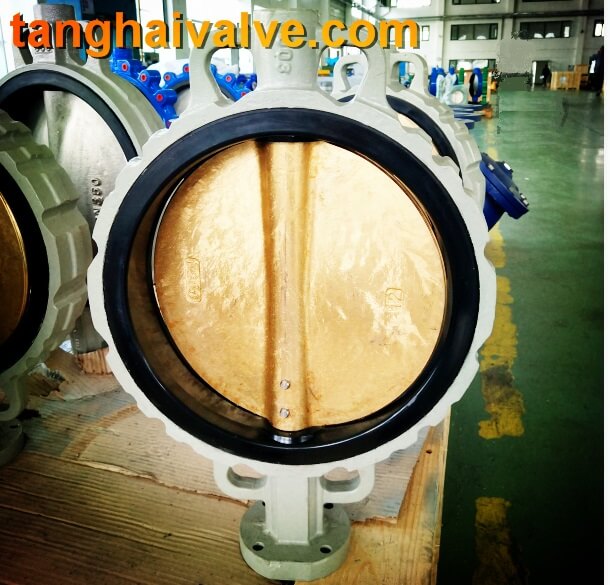
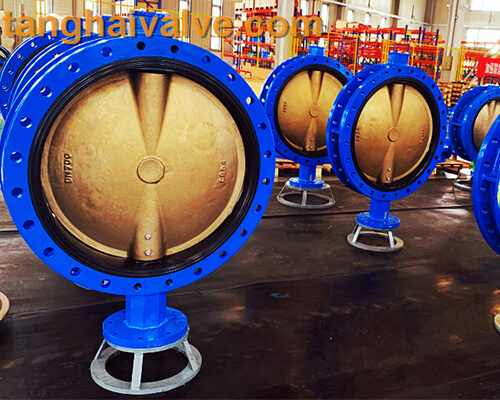
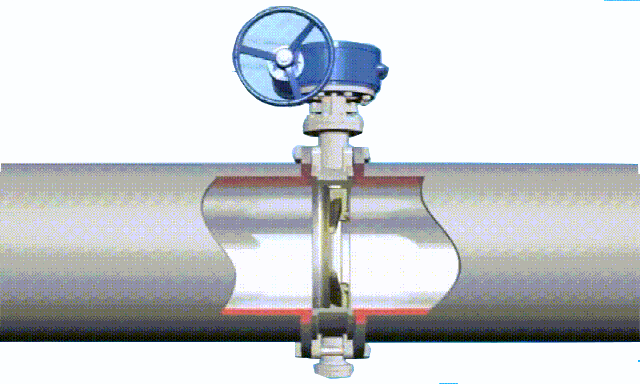


 © Copyright 2020 Tianjin Tanghaidongyang Valve Co., Ltd. All Rights Reserved.
© Copyright 2020 Tianjin Tanghaidongyang Valve Co., Ltd. All Rights Reserved.